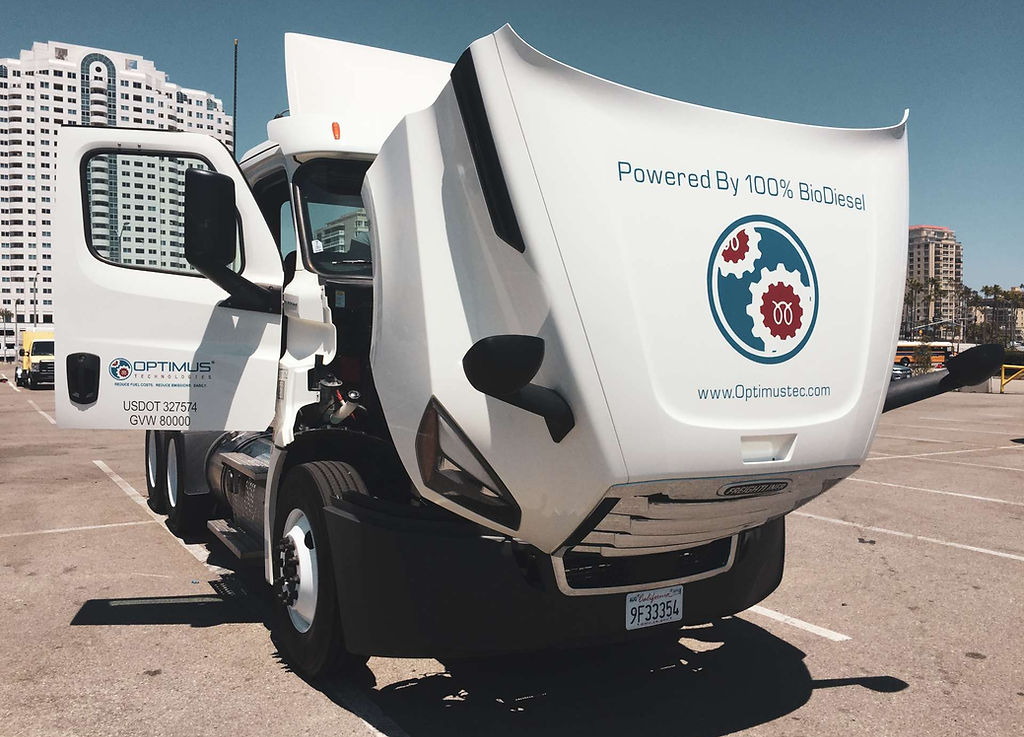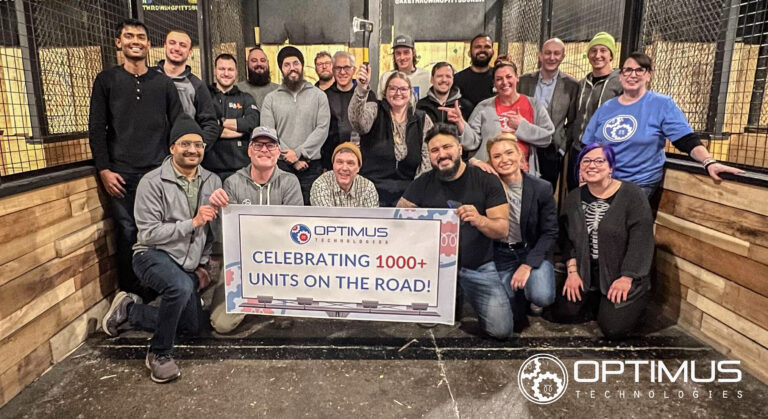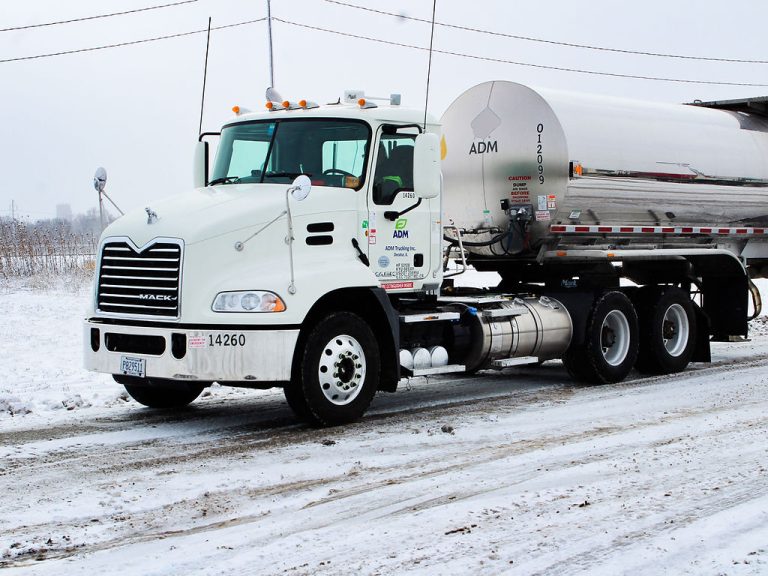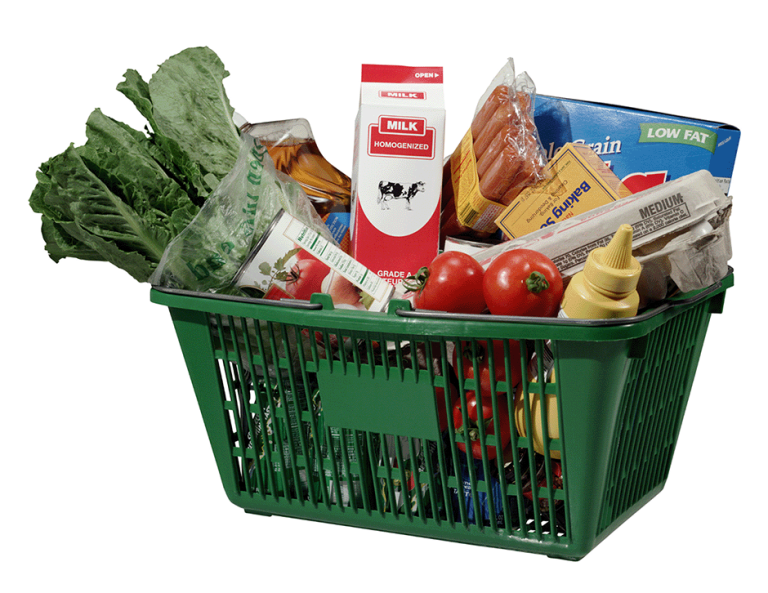5 Most Biodiesel-Friendly States

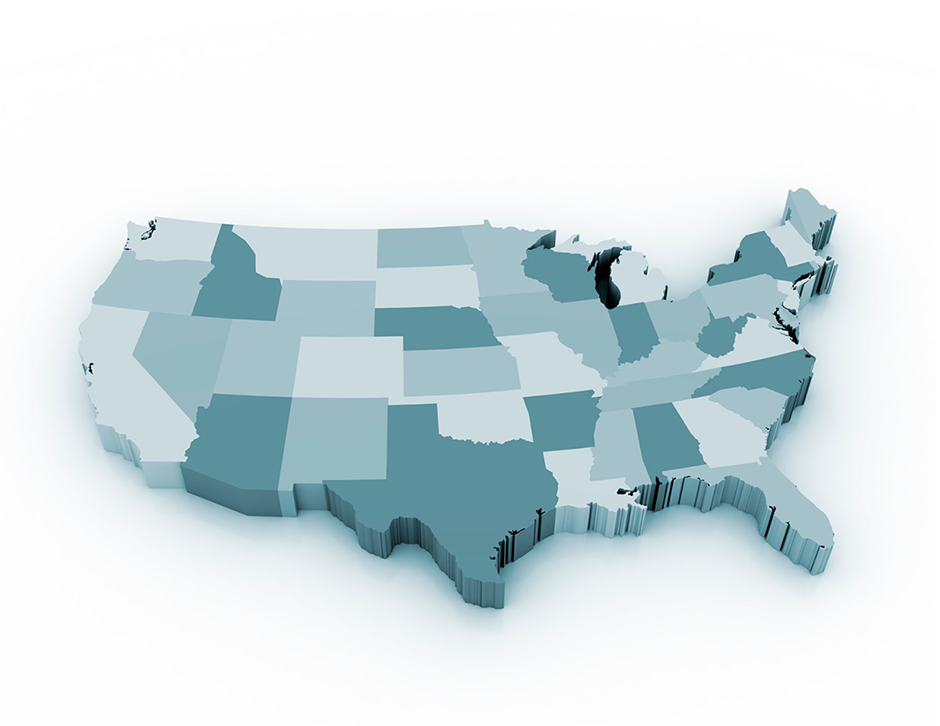
The use of biofuels such as biodiesel is growing, but there are some states that are ahead of the pack in terms of tax incentives and availability of higher biodiesel blends. If your fleet is considering using higher blends of biodiesel, it’s important to know which states have more fueling options for your needs.
The following 10 states have the most public fuel stations with biodiesel blends of 20% (B20) or higher, according to the Department of Energy’s Alternative Fuels Data Center (AFDC). See number of fuel stations supplying biodiesel blends of B20 or higher in each state: AFDC.
1. Iowa has 272 Stations with Biodiesel Blends of B20 or Higher
Most people probably aren’t surprised that a state that grows so many acres of soybeans is first in terms of the number of biodiesel stations.
“Retailers selling biodiesel blends containing a minimum of 5% biodiesel (B5) are eligible for a state income tax credit of $0.035 per gallon of biodiesel sold. Biodiesel blends containing a minimum of 11% biodiesel (B11) are eligible for a state income tax credit of $0.055 per gallon sold,” the AFDC[1] said.
2. Minnesota has 246 Stations with Biodiesel Blends of B20 or Higher
“During the months of April through September, diesel fuel sold in the state must contain at least 20% biodiesel (B20),” according to the AFDC. Diesel sold the rest of the year has to contain at least 5% biodiesel (B5).
Even one of the coldest states in the U.S. has figured out a way to increase the use of biodiesel through mandates during the warmer months of the year. According to the Minnesota Department of Agriculture, the state was the first to implement a biodiesel mandate.
3. Illinois has 104 Stations with Biodiesel Blends of B20 or Higher
“Any diesel-powered vehicle owned or operated by the state, county or local government, school district, community college, public college or university, or mass transit agency must use a biodiesel blend that contains at least 5% biodiesel (B5) when fueling at a bulk central fueling facility,” the AFDC said.
If vehicle engines are approved by the manufacturer to run on higher percentages of biodiesel or an ultra-low sulfur diesel, they must use higher blends than B5. The vast majority of diesel vehicle and equipment manufacturers support the use of at least B20 biodiesel blends.
Illinois has a sales and use tax of 6.25% for biodiesel blends containing 1% to 10% (B1-B10). This tax doesn’t apply to biodiesel blends between B11 and B99.
4. California has 34 Stations with Biodiesel Blends of B20 or Higher
The California Air Resources Board requires transportation fuel producers and importers to meet carbon intensity requirements for fuel, according to the AFDC. California’s Low Carbon Fuel Standard requires a steady decrease of the carbon intensity of fuel annually.
This makes fuels such as biomass-based diesel, renewable natural gas, and vehicles that use electric power more attractive. Biodiesel and renewable diesel are both biomass-based diesel fuels. See the number of biodiesel laws and incentives in each state: AFDC.
5. Oregon has 33 Stations with Biodiesel Blends of B20 or Higher
Oregon has a mandate for all diesel sold in the state to contain at least 5% biodiesel (B5). The state considers renewable diesel a qualified substitute for biodiesel in the blending requirement. Diesel fuel blends sold from October through February may have additives to prevent gelling.
Property located in a designated Rural Renewable Energy Development Zone that is used to produce biofuels such as biodiesel may be eligible for a property tax exemption, according to the AFDC.
Other states in the top 10
- Nebraska has 24 biodiesel stations with blends of B20 or higher.
- Wisconsin has 23 biodiesel stations with blends of B20 or higher.
- Arkansas has 16 biodiesel stations with blends of B20 or higher.
- Missouri has 14 biodiesel stations with blends of B20 or higher.
- Kansas has 11 biodiesel stations with blends of B20 or higher.
These 10 states have the most public fuel stations with biodiesel blends at or above 20%. There are also many private fuel stations that were not included in this list because only certain parties can access privately-owned stations. Overall, it seems the Midwest is leading the way in terms of biodiesel stations. The coasts are catching up to the Midwest in terms of biodiesel incentives.

